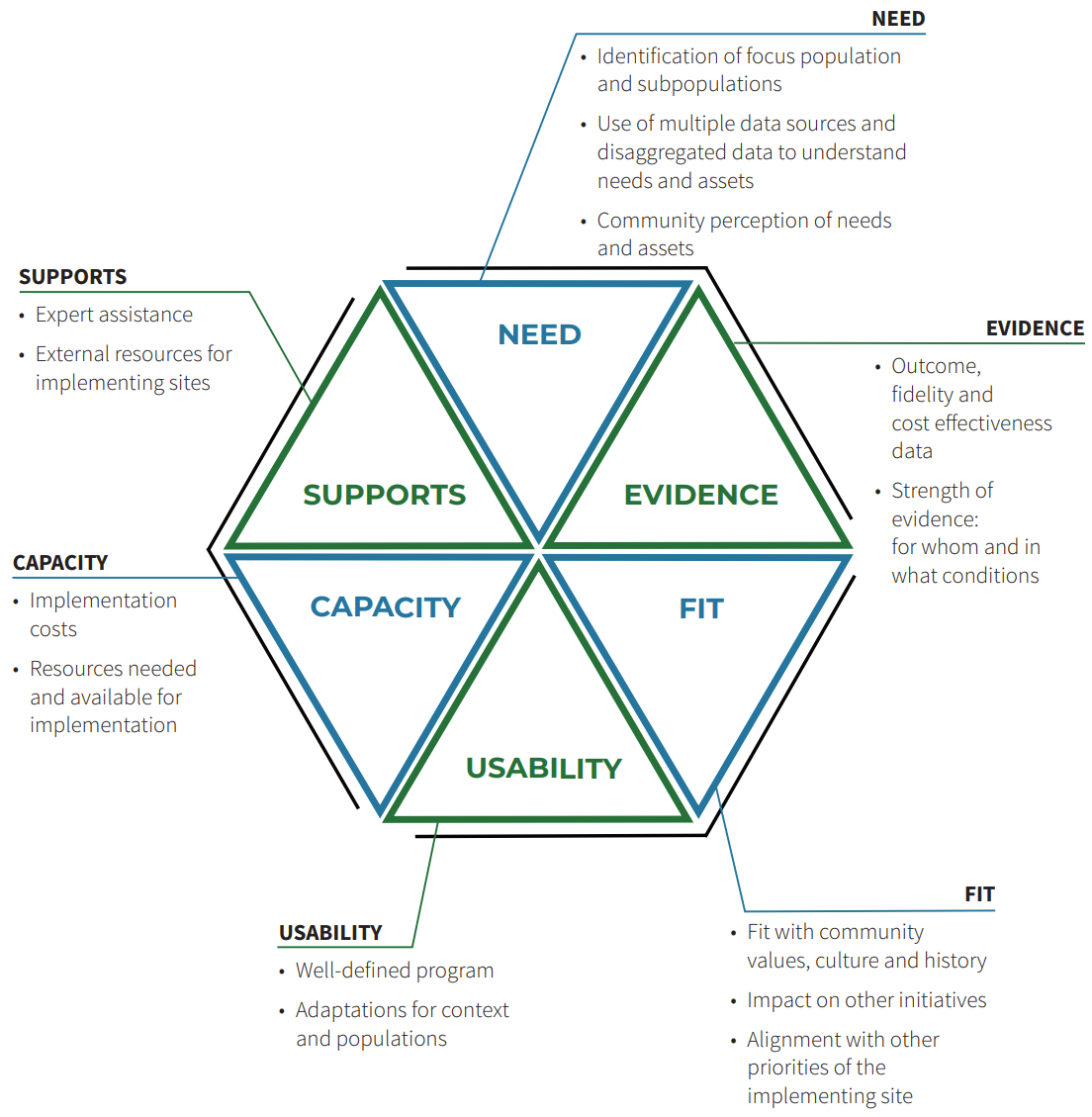SEL: Using Explicit Instruction Programs
Our school communities are struggling with social and emotional wellbeing more than ever, and Social Emotional Learning (SEL) is at the top of many priority lists.
In education, we are currently faced with a blessing and a curse. The blessing - resources and programs to support our students and staff are abundant. The curse? With so many programs, and not all being equal, it can be tricky to choose the right course of action. SEL programs and curricula have flooded the market…and our inboxes. How do you know what to use? And, what about programs and initiatives you are already invested in?
When we couple the bombardment of programs on the market with one of the most stressful times in education’s history, it can be beyond overwhelming choosing a path forward with SEL!
Explicit SEL
Explicit SEL Instruction means “consistent opportunities for students to cultivate, practice, and reflect on social and emotional competencies in ways that are developmentally appropriate and culturally responsive. These opportunities provide dedicated time to focus on social and emotional competencies” (www.casel.org). While we can and should be embedding SEL through teaching practices and with academic integration, in addition, we must also provide explicit SEL instruction.
Targeted Explicit SEL Programming
First and foremost, think about what you already have in place. It can be easy to want to try something new, but you should first assess why what you have in place may not be giving you the results you want. Then, you can certainly look at other explicit instruction programs you may be interested in.
When assessing a new or existing program, I suggest employing the Hexagon Exploration Tool, or a similar implementation science tool.
From NIRN (National Implementation Research Network). Find the guide here: https://nirn.fpg.unc.edu/resources/hexagon-exploration-tool
When the Hexagon Tool guide, your team will be able to come to the table prepared with the needed data and will know how to utilize it. If you look at the six areas covered in the tool, it is easy to see that you will need a cross-section of staff in your system at the table to provide their input.
Be Mindful of Missing Pieces
When I have assessed a new or existing SEL program with districts, I’ve observed some common areas that might get missed or glossed over, but are very important. They are:
Looking at the research and evidence-basis of a program. Does it have solid proof it works?
Ensuring the program is S.A.F.E. (Sequenced, Active, Focused, Explicit). Does it flow well, build skills?
Knowing what training and on-going support is available. Does this program offer training and coaching? Is it reasonably priced? Is the time commitment adequate to build self-efficacy for the staff who will be implementing?
Having results of a robust needs assessment to ensure you choose the right fit. We collect a lot of data in schools, so go ahead and put it to work!
Research and Evidence of SEL Programs
It is important to look at the research and theoretical approach the program is based on. While many times an evidence-based program is preferrable over research-based program (here is a quick explanation), depending on need and fit, a research-based program or a program using research or evidence-based practices may be the best choice for your unique needs. The bottom line is, anything we are using should be supported by the literature (a collection of published information on an area of research).
Being research or evidence-based is only one part of finding a program that is a good fit. Even if the program is highly evidence-based, some challenges may occur:
It’s not a good match with your resources. For instance, it is 100% online, but you have poor or erratic wi-fi in your building.
It has too many lessons for your capacity, or too few for meaningful impact.
It is too expensive for your budget.
It is not applicable to your population. For example, the evidence from the studies done are all for urban or suburban districts, but you serve a rural or frontier population. Or, you may have a lot of students with English as a second language. Are program materials available in those languages, including family components?
Ensuring Explicit SEL is S.A.F.E.
It is important to pay special attention to the “connected and coordinated instruction” part of S.A.F.E., as it is one of the most overlooked pieces when implementing explicit SEL instruction. I think we all know what tends to happen. As a system, we start creating a collage of stand-alone, unrelated lessons or curricula from multiple resources. This does not mean you cannot align programs, but thought, planning, and care needs to be taken to do so. You may find you need to deselect some programs and sharpen your focus on one or two.
Are Training and On-Going Support Available?
A key piece that may be overlooked when selecting an SEL program is support for implementation. First, is there adequate training for staff up front? Second, are there ongoing cycles of staff learning and coaching over time? Ongoing coaching is proven to improve staff competence and confidence over time.
Utilizing A Robust Needs Assessment
Ensuring a needs assessment is robust requires analyzing trends from multiple data sources, and actively asking for input from the school community, including families, students, and all staff. Here are some needs assessment ideas:
Take inventory - Utilizing the CASEL Schoolwide SEL Program and Initiative Inventory. It helps to know where you are with SEL, before planning where you are going.
Survey data - examples might be local community surveys, parent surveys, and student surveys.
Focus groups - though a bit more time consuming, these can be very helpful. Parent and student focus groups can provide valuable context to the data you may be looking at. Efforts to get more representative groups are encouraged (i.e., not just asking the PTA or the student council).
School population data - common data includes academics, absenteeism, race, ethnicity, language, orientation, gender, and socio-economic factors.
Absenteeism data - what are the trends and what are the unknowns? Are absences due to common causes like the flu, cold, asthma, and dental caries, or could stress, anxiety, depression, fear of safety, or other related reasons be at play?
Behavior Data - what are the patterns you might see? When are the most occurrences of behavior problems happening? Where?
Do you have other sources of data that exist within your school or community that can help create a full picture of the need for SEL.
In Conclusion
You may realize you do not need a new program. You may realize you have programs and initiatives in place that are a good fit, but they had implementation errors and you want to correct those. On the other hand, you may find you are in real need of a new program or curriculum, and things you had in place either are not a good fit, or are not adequate to meet the need. Finally, you may find you have a mix of things that are working and things that are not. You may remove what does not work, keep what does work, and, if needed, bring in a new program or curriculum that is a great fit for your needs.
Feel free to contact us at info@ljgagliardi.com








